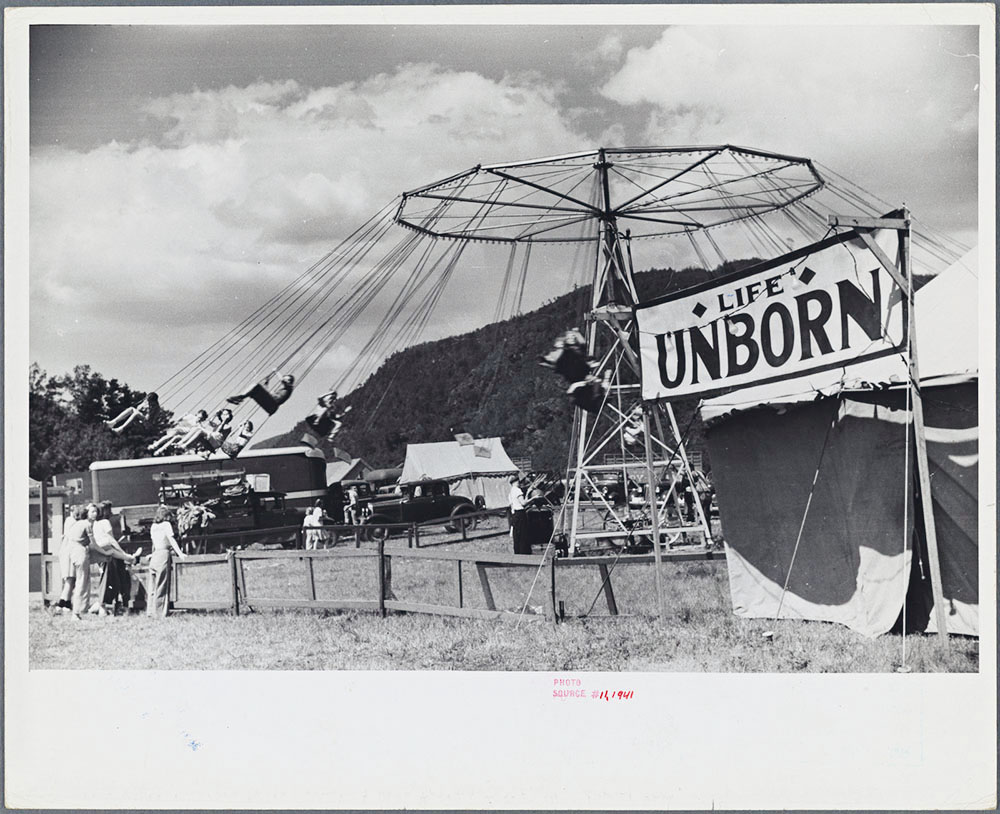
Teaching and learning are timeless. Many rites of passage impart lessons and wisdom in synchronicity with the phases of a person’s development. Schools can be designed to do the same. Trust, respect, and integrity are the pillars of any institution. Education itself can learn to become less fearful and prescriptive, and much more inviting and inspiring. By continuing to apply age-old traditions of sharing wisdom, like storytelling, into standards for lesson-plans, schools can help maintain connections of cultural significance. By encouraging students to infuse their passions into learning, schools can create stronger bonds between students and teachers.
There will never be a one-size-fits-all model for education that works for everyone. As such, the more that education can increasingly reflect the different learning styles and interests of its students and teachers, the more effective the experience of education will become. Educational approaches that foster solidarity between students and teachers can help shape the future of continuous learning.


